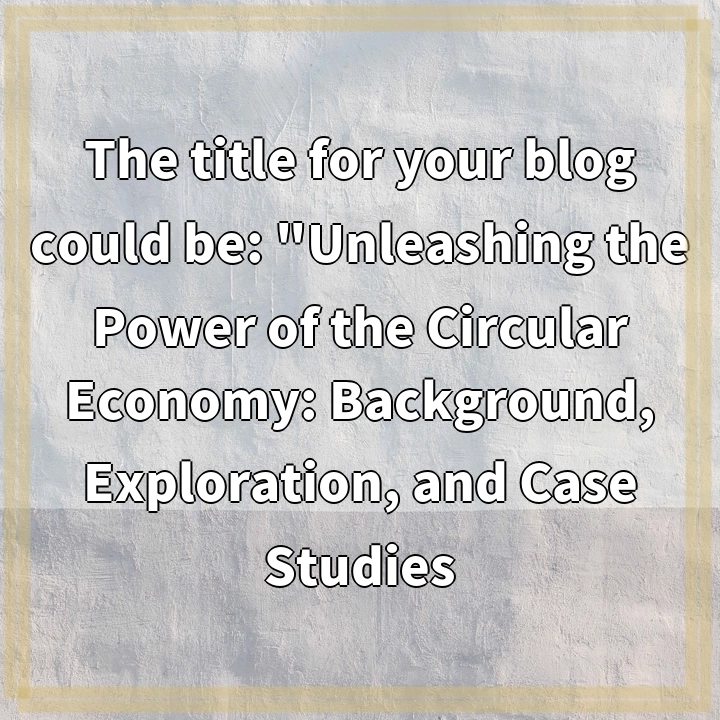
What it is:
A waste-free life, also known as zero waste living, is a lifestyle choice centered around minimizing the generation of waste and adopting sustainable practices. It involves reducing, reusing, recycling, composting, and responsibly disposing of waste to minimize its impact on the environment and promote a more sustainable future.
Real-world problems:
Despite the growing awareness and popularity of waste-free living, there are several challenges and real-world problems associated with it:
1. Limited accessibility to waste-free alternatives:
One of the main challenges faced by individuals trying to adopt a waste-free lifestyle is the limited availability of waste-free alternatives. In many regions, it can be challenging to find stores that offer package-free products or refillable containers. This lack of accessibility can make it difficult for people to transition to a waste-free lifestyle.
2. Overconsumption and production of single-use items:
The current consumer culture promotes the use of single-use items, such as plastic bags, straws, and packaging. These disposable items contribute to the mounting waste crisis, as they often end up in landfills or pollute our oceans. Overcoming this problem requires a shift in societal attitudes towards more sustainable consumption patterns and the development of alternative packaging materials.
3. Lack of recycling and composting infrastructure:
While recycling and composting are essential components of waste-free living, there are regions where adequate infrastructure for these practices is lacking. Insufficient recycling facilities and composting options can result in recyclable materials and organic waste ending up in landfills instead of being properly processed. This highlights the need for investment in recycling and composting infrastructure to support waste-free living practices.
4. High cost of waste-free alternatives:
Another challenge associated with waste-free living is the high cost of eco-friendly and sustainable alternatives. Products marketed as “zero waste” or environmentally friendly often come with a premium price tag, limiting their accessibility to those with higher disposable incomes. Making waste-free alternatives more affordable and accessible to a wider population is crucial to foster widespread adoption and reduce waste generation.

Solutions to Real-World Problems of Waste-Free Living:
1. Increasing accessibility to waste-free alternatives:
To overcome the challenge of limited accessibility, communities can take initiatives to promote waste-free living. This includes supporting local businesses that provide package-free products, advocating for bulk shopping options in grocery stores, and organizing community swap events where people can exchange items they no longer need.
2. Promoting sustainable consumption and production:
Addressing the issue of overconsumption requires concerted efforts from both individuals and businesses. Governments can implement regulations to limit the production and use of single-use items, while consumers can make conscious choices by opting for reusable alternatives and supporting sustainable brands. Education and awareness campaigns also play a crucial role in promoting sustainable consumer behaviors.
3. Investing in recycling and composting infrastructure:
To tackle the lack of recycling and composting infrastructure, governments and municipalities need to prioritize investments in the development and improvement of waste management systems. This includes expanding recycling facilities, implementing curbside recycling programs, and establishing community composting initiatives. Collaboration between public and private sectors is key to building a robust infrastructure.
4. Making waste-free alternatives more affordable:
Reducing the cost barrier of waste-free alternatives requires diverse strategies. Governments can provide incentives or tax breaks to businesses that offer sustainable options at a more affordable price. Consumers can also consider DIY alternatives or participate in community initiatives, such as bulk buying cooperatives, to access waste-free products at lower costs. The more demand there is for affordable waste-free products, the more likely the market will respond.















